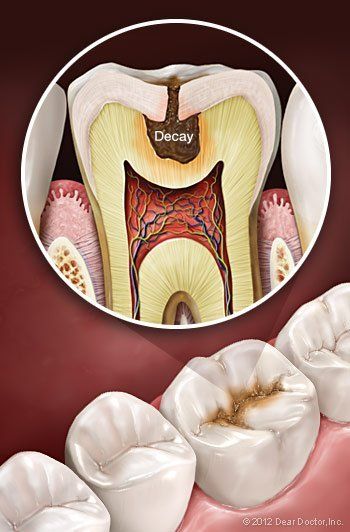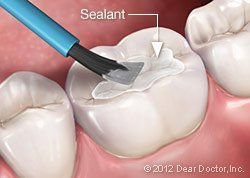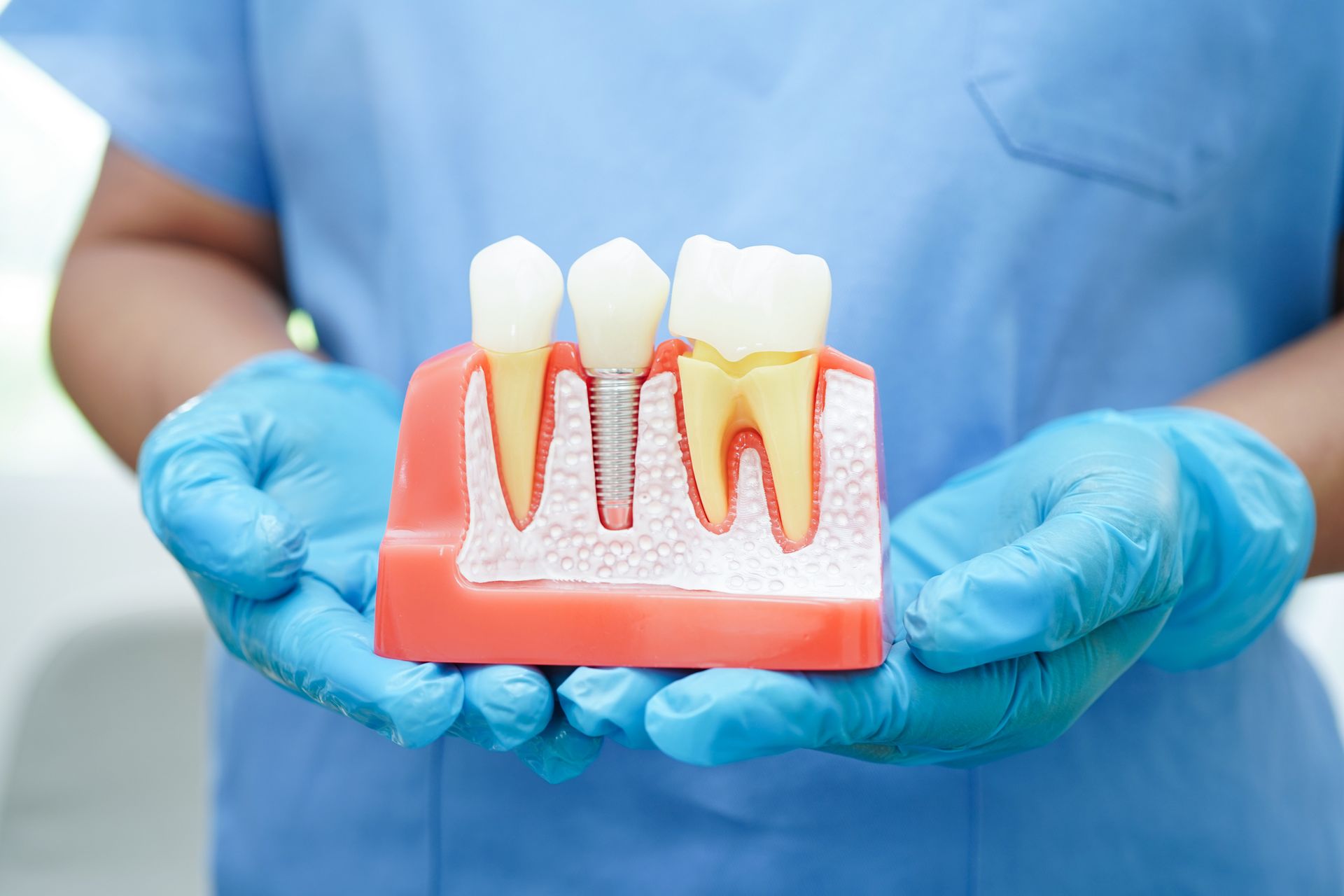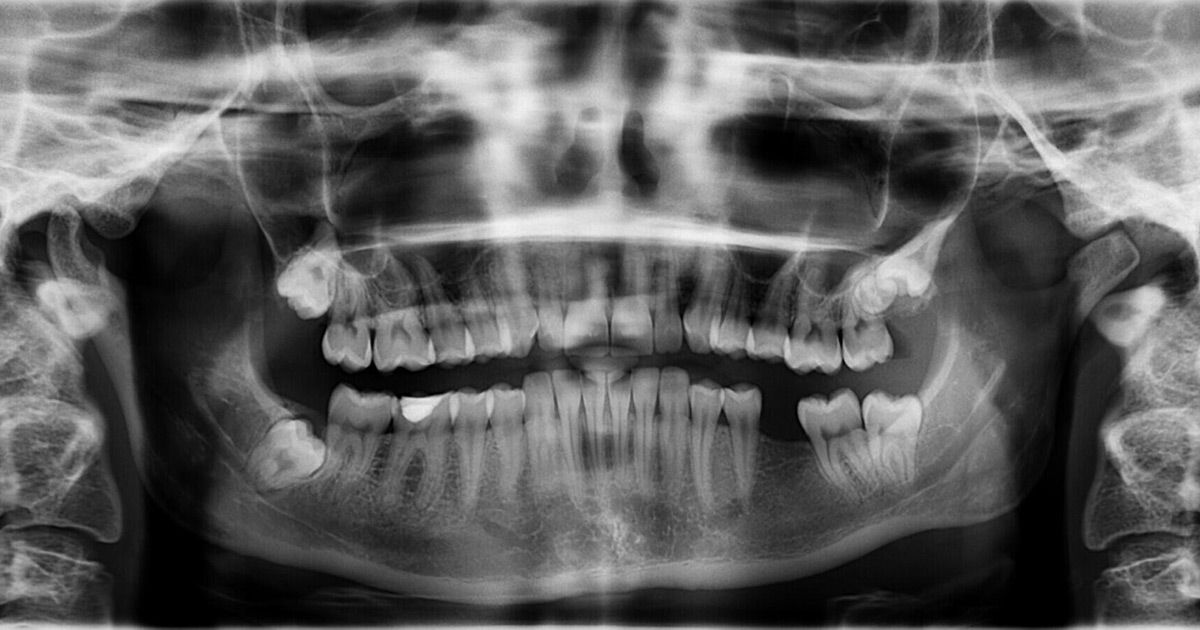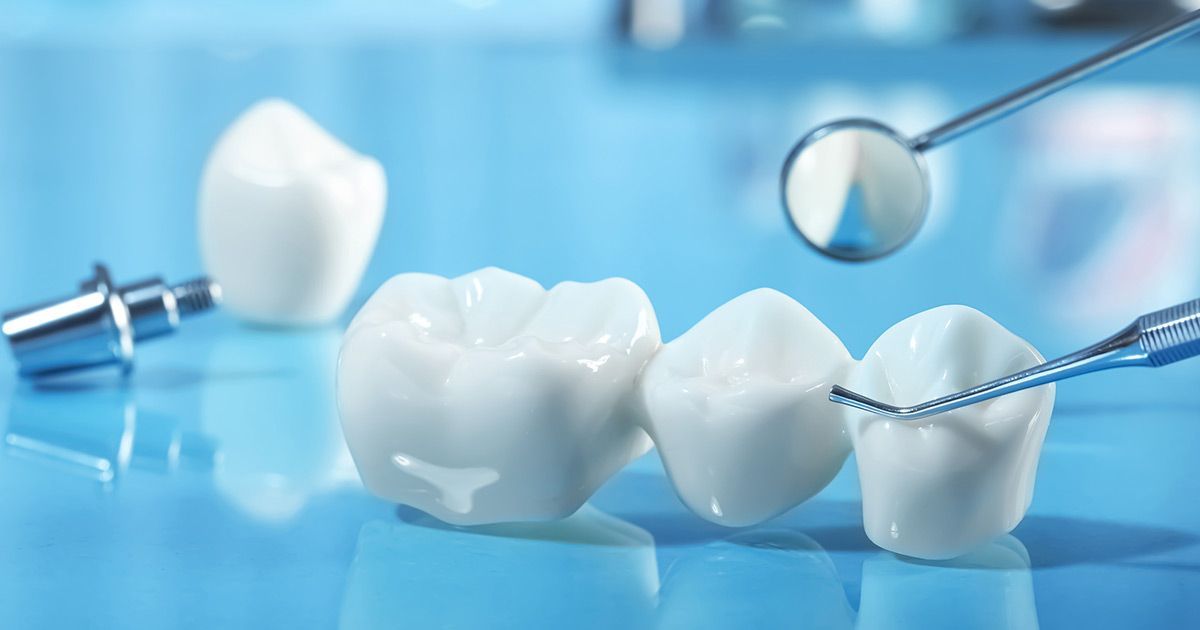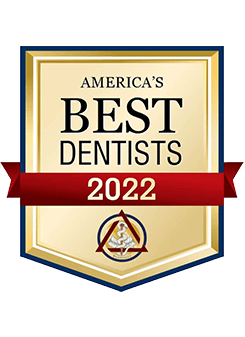Tooth decay is often called the second most prevalent human disease, after the common cold. Without effective treatment (as was the case through most of history) it can lead to pain, tooth loss, and sometimes worse illnesses. Even today, it's estimated to affect over a quarter of U.S children from ages two to five, and half of those aged 12-15. But it doesn't necessarily have to! You can take steps to prevent tooth decay from harming your teeth — or those of your loved ones.
There's one important fact you should understand up front: No single “magic bullet” can stop tooth decay in every case. Instead, fighting decay should be viewed as a process of preventive maintenance, like taking care of your car — except that (unlike a car) your natural teeth, with proper care, can last a whole lifetime. The basic aspects of this process are practicing good oral hygiene at home, and coming in to the dental office for regular cleanings and checkups.
If you've been in the dental office for routine visits, you're probably already familiar with the special tools dentists use to remove buildups of plaque (a bacterial biofilm) and tartar (a hardened deposit, also called calculus) from your teeth. Hand-held instruments, ultrasonic scalers, or both may be used to give your teeth a thorough cleaning. Afterwards, your teeth are thoroughly checked for decay, and cavities are treated when necessary.
Yet there's still more that can be done to prevent tooth decay. Could your diet be a contributing factor? Is your brushing technique adequate? Could you benefit from additional preventive treatments? Today, with our increased understanding of what causes tooth decay and how to treat it, it is possible to focus on what decay prevention tactics would work best in your particular case. In fact, it's now possible to assess each individual's risk factors for decay, and concentrate on doing what's most effective for you.
